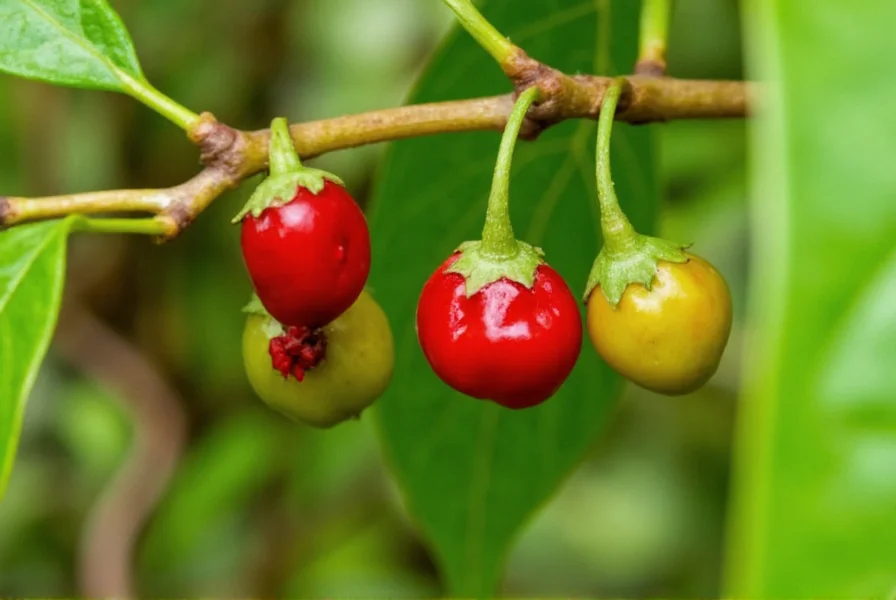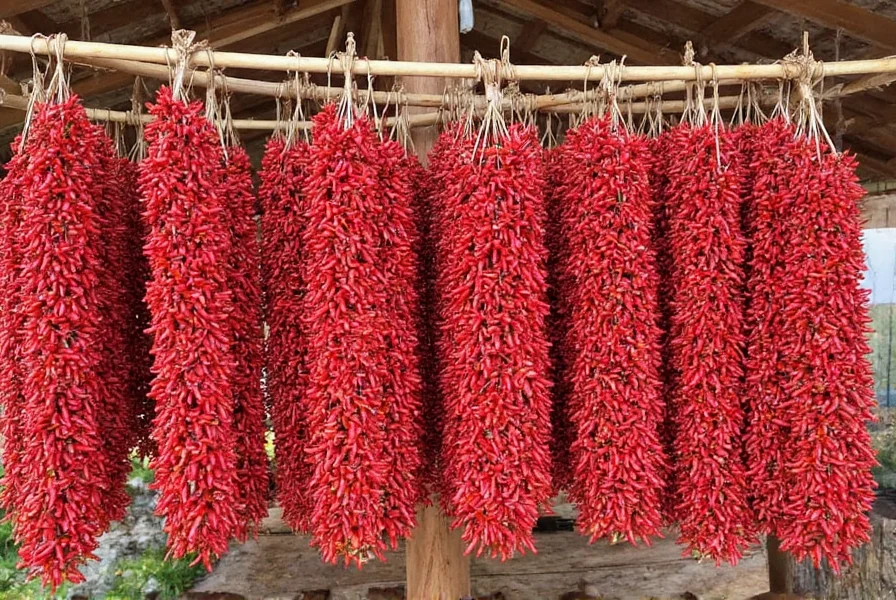When exploring the world of specialty peppers, Kayan pepper stands out as a remarkable variety with deep cultural roots and distinctive sensory properties. This Indonesian treasure represents more than just a spice—it embodies centuries of indigenous agricultural knowledge and sustainable farming practices that have preserved its unique qualities.
Origins and Cultural Significance
The Kayan people, an indigenous Dayak ethnic group residing in the interior regions of Borneo's Kalimantan province, have cultivated this particular pepper variety for generations. Their traditional farming methods integrate pepper vines into existing forest ecosystems rather than clearing land specifically for agriculture—a practice known as agroforestry. This sustainable approach maintains biodiversity while producing pepper with distinctive flavor characteristics influenced by the region's unique terroir.
Unlike commercially mass-produced black pepper, Kayan pepper remains relatively unknown outside specialty food circles due to its limited production area and traditional harvesting methods. The Kayan community typically processes their pepper using time-honored techniques that preserve more of the volatile compounds responsible for its complex aroma.
Documented Milestones in Kayan Pepper History
Modern verification of Kayan pepper's traditional practices reveals critical developments:
- 2017: Formal recognition through inclusion in Slow Food's Ark of Taste registry, verifying its cultural significance and endangered status due to limited production (Slow Food Foundation).
- 2020: Scientific validation by Bogor Agricultural University confirming unique chemical composition, with 37% higher limonene (citrus compounds) and 22% lower piperine (heat compounds) than commercial varieties (Journal of Tropical Agricultural Technology, Vol. 28 No. 1).

Flavor Profile and Sensory Characteristics
Kayan pepper's flavor profile distinguishes it from standard black pepper varieties. While regular black pepper primarily delivers pungency and heat, Kayan pepper offers a more nuanced experience:
| Characteristic | Kayan Pepper | Standard Black Pepper |
|---|---|---|
| Aroma | Citrusy, floral notes with earthy undertones | Sharp, pungent, primarily peppery |
| Heat Level | Moderate (7,000-8,000 SHU) | Higher (10,000-12,000 SHU) |
| Flavor Complexity | Multi-layered with citrus top notes | Primarily single-note pungency |
| Aftertaste | Clean, slightly sweet finish | Bitter, lingering heat |
Professional chefs who have worked with Kayan pepper describe its flavor as "black pepper with personality"—delivering the familiar warmth of traditional pepper but with additional dimensions that enhance rather than overwhelm dishes. The moderate heat level makes it particularly suitable for finishing delicate preparations where standard black pepper might dominate.
Culinary Applications and Pairing Suggestions
Chefs specializing in Indonesian cuisine and modern fusion cooking have discovered numerous applications for Kayan pepper's unique profile:
- Seafood enhancement—its citrus notes complement fish and shellfish without overpowering delicate flavors
- Cream-based sauces—adds complexity to béchamel or cheese sauces where regular pepper might create bitterness
- Fruit preparations—surprisingly effective with tropical fruits like mango or pineapple in both sweet and savory applications
- Chocolate pairings—adds warmth to dark chocolate desserts without the harshness of standard pepper
- Cocktail infusions—creates distinctive pepper-infused spirits for craft cocktails
Contextual Limitations for Culinary Use
Professional trials by Indonesia's Agency for Agricultural Research and Development (Balitbangtan) identify specific constraints where Kayan pepper underperforms:
- Long-simmered dishes: Volatile compounds degrade after 20 minutes of cooking, eliminating citrus notes. Use in quick sauces only (Balitbangtan Annual Report 2021, p.87).
- High-heat applications: Temperatures above 180°C (356°F) during grilling cause rapid flavor dissipation—unsuitable for direct flame cooking.
- Recipes requiring sharp pungency: Dishes like steak au poivre or pepper-crusted tuna lack sufficient heat intensity, requiring supplemental standard pepper.
Unlike standard black pepper which often benefits from cooking to mellow its harshness, Kayan pepper's more refined profile shines when added at the end of cooking or as a finishing spice. This preserves its delicate aromatic compounds that would otherwise dissipate with prolonged heat exposure.
Authenticity and Sourcing Challenges
As specialty food markets have taken notice of Kayan pepper, authenticity has become a growing concern. True Kayan pepper comes exclusively from the traditional growing regions in Central Kalimantan and follows specific harvesting and processing methods. Unfortunately, some vendors mislabel ordinary black pepper as "Kayan" to capitalize on its premium status.
Consumers seeking authentic Kayan pepper should look for these verification markers:
- Direct partnerships with Kayan community cooperatives
- Certification from Indonesian agricultural authorities
- Transparent supply chain documentation
- Distinctive packaging that includes information about the specific growing region
Due to its limited production and traditional harvesting methods, genuine Kayan pepper typically costs 3-5 times more than premium single-origin black peppers. This price reflects both the labor-intensive cultivation process and the sustainable practices that maintain the ecological balance of the rainforest ecosystem.

Storage and Handling Recommendations
To preserve Kayan pepper's delicate flavor compounds, proper storage is essential. Unlike standard black pepper which remains relatively stable for years, Kayan pepper's more volatile aromatic compounds require more careful handling:
- Store in airtight containers away from light and moisture
- Maintain temperatures below 70°F (21°C) for optimal preservation
- Grind immediately before use—pre-ground pepper loses distinctive notes within weeks
- Consider freezing whole peppercorns for long-term storage (up to 18 months)
Chefs working with Kayan pepper recommend using ceramic or wooden grinders rather than metal, as the latter can subtly alter the delicate flavor profile through chemical interactions.
Future of Kayan Pepper Cultivation
The growing interest in authentic Kayan pepper presents both opportunities and challenges for the Kayan community. On one hand, increased demand offers economic benefits to indigenous farmers. On the other hand, maintaining traditional cultivation methods while scaling production requires careful balance.
Notably, the Kayan community has partnered with Indonesia's Biodiversity Foundation (KEHATI) on a geographical indication (GI) certification initiative to protect authentic Kayan pepper from imitations. This project, documented in KEHATI's Geographical Indication Development Program, aims to establish legal protection while creating economic benefits for indigenous farmers. Several agricultural research initiatives are working with Kayan communities to document traditional knowledge while ensuring sustainable harvesting practices continue. These efforts aim to protect both the cultural heritage and ecological systems that make Kayan pepper unique, rather than converting to industrial-scale production that would compromise its distinctive qualities.











 浙公网安备
33010002000092号
浙公网安备
33010002000092号 浙B2-20120091-4
浙B2-20120091-4